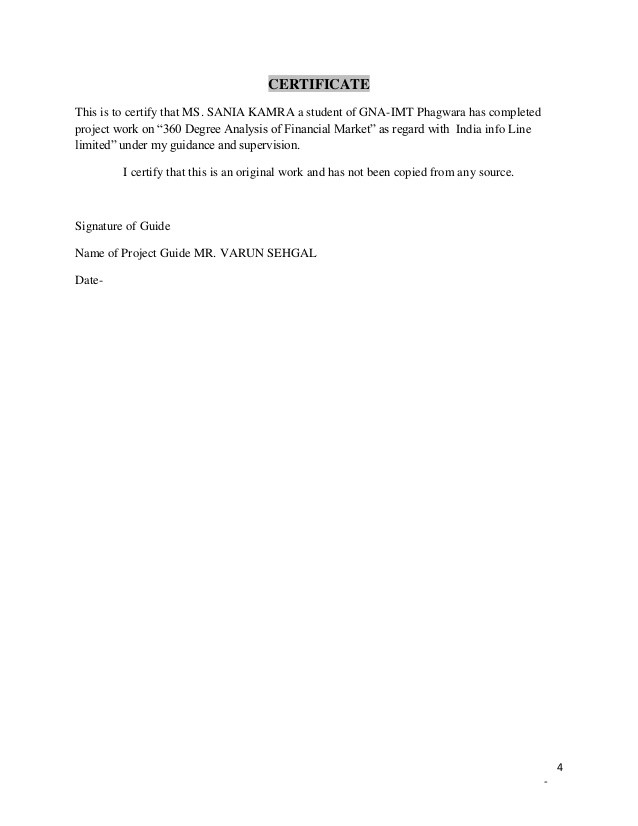What You Can Learn from a Mutual Fund Prospectus 360 Degrees of Financial Literacy
Post on: 26 Апрель, 2015 No Comment

If you’re contemplating the purchase of a mutual fund, some of the factors you’ll need to consider carefully before buying are its investment objectives, risks, costs, and expenses. Information about all of these can be found in the prospectus available from the fund. But traditional fund prospectuses can be too much of a good thing—lengthy documents with a lot of legal language that can make it difficult to find what you’re looking for.
However, you now have a new option for comparing funds more efficiently. Over the last year or so, fund companies have been implementing new Securities and Exchange Commission regulations that are intended to ensure that investors can get key information in a more efficient, user-friendly format.
Shrinking the prospectus
Instead of mailing out a lengthy prospectus, fund companies may now choose to supply investors with a three- to four-page summary prospectus as long as the full prospectus is available electronically and includes the summary prospectus information as a section of the full prospectus. The summary prospectus must provide the following information in this precise order, which should make it easier to compare mutual funds.
Investment objectives and goals. This specifies the type of fund, such as a bond fund or balanced fund. It also indicates how the fund will try to earn a return—for example, by increasing the value of its assets (growth), providing periodic income, preserving capital, or some combination.
Costs, including a table of fees as well as a hypothetical example demonstrating the impact of those fees. The SEC specifically notes that it gave cost information prominent placement to encourage investors to pay attention to and compare costs. For funds that offer breakpoint discounts—in other words, they reduce their sales charge percentage if you invest a certain amount or buy more than a specified number of shares—the minimum breakpoint must be listed in this section, and the summary must tell investors where to find additional information.
This section also discloses a fund’s portfolio turnover rate and gives a brief explanation of how it affects the fund’s transaction costs and performance, as well as the potential tax implications of a high turnover rate if the fund is held in a taxable account. Finally, if a fund lists any fee waivers or expense reimbursements that would affect fund expenses, it must show how long they are expected to last in the future.
The fund’s investment strategies, risks, and performance. This section typically includes the type of securities in which the fund invests and the risks associated with those securities. It also must disclose the risks associated with the fund’s strategies. This information includes a bar chart and table showing the variability of the fund’s returns, its past performance, and how that compares to a relevant index. It also may include information about where updated performance information can be found online. However, a list of a fund’s top 10 holdings is no longer required as part of the summary information.

The fund’s management. The summary must identify its investment advisors and must list the name, title, and length of service of the portfolio manager(s) responsible for the fund’s day-to-day activity. The manager may be an individual or committee who typically is part of the investment advisory firm.
This section also includes a brief discussion of procedures for buying and selling fund shares, and any relevant tax information. A fund also must disclose whether it intends to distribute to its investors capital gains, ordinary income, or tax-exempt income.
Any compensation for a financial intermediary. A fund sold through a third-party financial institution, such as a bank or broker-dealer, must now disclose that it may compensate that financial intermediary, and that the compensation could influence the intermediary. The required language also suggests that you obtain additional information from the intermediary’s representative or its website.
The full prospectus isn’t going away
A full prospectus, which must be available from the fund’s website, includes not only the same information as the summary but a great deal more. For example, it may include a discussion of how the fund’s shares are valued, additional information on buying and selling fund shares, and greater detail on financial highlights. The full prospectus also is available on paper by request.














